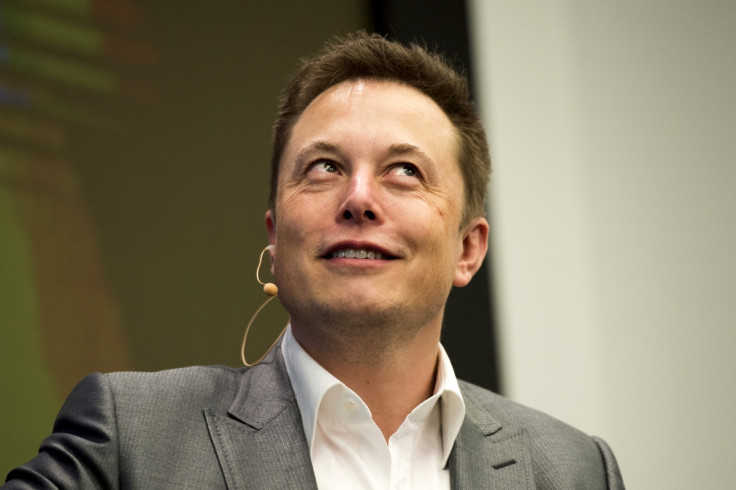Elon Musk reveals Neuralink's plans to merge the human brain with computers for 'consensual telepathy'
Musk said such technology would initially be used to repair brain injuries due to stroke or cancer lesions.

Tesla and SpaceX CEO Elon Musk on Thursday (21 April) detailed his vision for his newest company Neuralink that aims to eventually merge the human brain with computers. In an interview with Tim Uban on explainer website Wait but Why, the billionaire entrepreneur said humans will essentially be able to engage in "consensual telepathy" while communicating a concept to one another.
Neuralink aims to bring a product to market that helps with certain severe brain injuries due to stroke, cancer lesions, etc in around four years. According to Musk, the company will develop brain interfaces by creating a neural lace to connect the human brain with a computer to improve one's cognitive performance and better compete with computers in the AI age.
By implanting tiny electrodes into the brain, a person will one day be able to upload and download thoughts.
"You're already digitally superhuman. The thing that would change is the interface — having a high-bandwidth interface to your digital enhancements," Musk said.
"There are a bunch of concepts in your head that then your brain has to try to compress into this incredibly low data rate called speech or typing," Musk said. "If you have two brain interfaces, you could actually do an uncompressed direct conceptual communication with another person."
Musk said such technology would initially be used to repair brain injuries due to stroke or cancer lesions where a person has lost certain cognitive elements.
"It could help with people who are quadriplegics or paraplegics by providing a neural shunt from the motor cortex down to where the muscles are activated," Musk said. "It can help with people who, as they get older, have memory problems and can't remember the names of their kids, through memory enhancement, which could allow them to function well to a much later time in life.
"The medically advantageous elements of this for dealing with mental disablement of one kind or another, which of course happens to all of us when we get old enough, are very significant."
For people with no disability, the technology would take around 8-10 years to become usable, Musk said. He added that it would also depend heavily on regulatory approval timing and how well it works on people with disabilities.
In July 2016, Neuralink was registered as a "medical research" company in California. Musk plans on financing the company mostly by himself.
Competing with AI
Musk has long voiced his concerns about the rapid growth of artificial intelligence and possible dangers that come with the technology if developed without proper regulation or oversight. In December 2015, he launched the non-profit OpenAI to "build safe AI" and ensure its benefits are "as widely and evenly distributed as possible".
He also discussed Google DeepMind's AlphaGo's recent milestones defeating some of the world's top human Go players.
"The degrees of freedom at which the AI can win are increasing," Musk said, "What I came to realise in recent years is that AI is obviously going to surpass human intelligence by a lot. There's some risk at that point that something bad happens, something that we can't control, that humanity can't control after that point—either a small group of people monopolise AI power, or the AI goes rogue, or something like that. It may not, but it could."
By speeding up humans' communication bandwidth by integrating the brain with computers, Musk says humans will be better equipped to interact with and control AI.
"The faster the communication, the more you'll be integrated — the slower the communication, the less," he said. "And the more separate we are — the more the AI is "other" — the more likely it is to turn on us... If we achieve tight symbiosis, the AI wouldn't be "other" — it would be you and with a relationship to your cortex analogous to the relationship your cortex has with your limbic system.
"We're going to have the choice of either being left behind and being effectively useless or like a pet—you know, like a house cat or something—or eventually figuring out some way to be symbiotic and merge with AI."
© Copyright IBTimes 2025. All rights reserved.





















